Hi Readers: While we're waiting for the count of October 2007 aircraft accidents, here are a few of the "must learn" definitions and facts in flying an airplane of any size. We'll start with airspeed definitions: IAS - indicated airspeed - the number actually read from the airplane airspeed indicator in the cockpit; CAS - calibrated airspeed is the indicated airspeed corrected for position and instrument error; TAS - true airspeed is the speed of an airplane relative to undisturbed air, which is the CAS corrected for altitude, temperature, and compressability; GS - is the speed of an airplane relative to the ground or that speed made good over the ground on a flight, accounting for the direction and velocity of the wind in flight.
Pilots must be familiar with their Airplane Operating Speeds, such as: V1 - normal liftoff speed, V2 - takeoff decision speed, Vr - rotation speed, Va - maneuvering speed, Vc - design cruising speed, Vf - design flap speed, Vfe - maximum flap extend speed, Vle - maximum landing gear extend speed, Vlo - maximum landing gear operating speed, Vmc - minimum control speed with one engine out, Vne - never exceed speed, Vref - final approach speed (1.3 x Vso), Vso - Stall speed, Vx - best angle-of-climb speed (greatest gain of altitude in the shortest horizontal distance), Vy - best rate-of-climb speed (greatest gain in altitude in the shortest possible time).
Standard Weights: Passengers - adults - 170 lbs., children (2-12) - 80 lbs.; Aviation gasoline - 6lbs/gal.; oil - 7.5 lbs/gal; jet fuel - 6.7 lbs/gal; JP-4 fuel - 6.5 lbs/gal.
Loads and Weights: Useful load - difference between takeoff weight and empty weight; Empty Weight - weight of a standard airplane including unuseable fuel, oil and operating fluids; Maximum Takeoff Weight - Highest allowable weight for takeoff; Maximum Landing Weight - highest allowable weight for landing ( in some small airplanes the maximum for both may be the same); Fuel Burn Per Hour - gallons of fuel consumed/hour. Fuel load - useable fuel only.
In addition, the pilot must know the maximum x-wind component for the airplane, which is given in knots; and where to find the useable fuel in gallons, which is usually placarded adjacent to the fuel filler caps.
The Fuel Grades and Colors are as follows: 80 octane - red, 100 octane - green, 100LL octane - blue, 115 octane - purple (for military use), jet fuel - clear or straw-colored.
General Aviation (GA) will use about 268 million gallons of aviation gas and about 1.5 million gallons of jet fuel in 2007. Air Carrier (AC) will use about 20 million gallons of jet fuel in 2007.
Thanks for listening. R.S.
Wednesday, October 31, 2007
"Must Learn" Definitions and Facts
Subscribe to:
Post Comments (Atom)

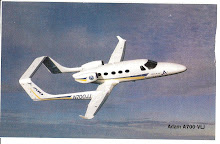

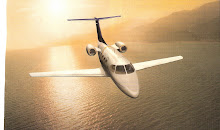


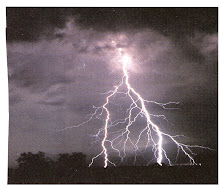

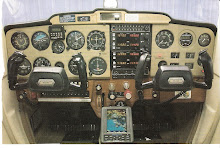
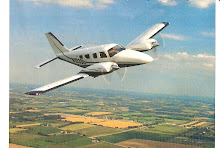
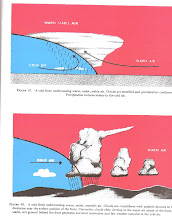
No comments:
Post a Comment